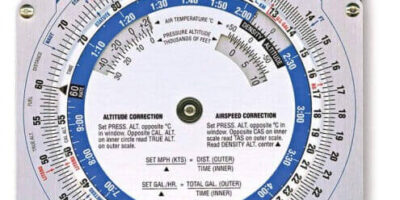How to Fly a Cessna 182
Flying a Cessna 182 requires a solid understanding of its controls, procedures, and safety measures. This guide provides essential information to help you operate this popular aircraft. Suitable for aspiring pilots and aviation enthusiasts, the content aims to educate with clarity and accuracy.
Familiarizing Yourself with the Aircraft
The Cessna 182, also known as the Skylane, is a four-seat light aircraft. It has a high wing design, which offers good visibility and stability. Before taking off, it’s crucial to know the basic parts and controls of the 182.
Cockpit Layout
Inside the cockpit, you will find the main controls including the yoke (steering wheel), throttle, mixture control, rudder pedals, and various instrument gauges. Make sure you can identify and understand the function of each:
- Yoke: Used to control the aircraft’s pitch and roll.
- Throttle: Manages engine power.
- Mixture Control: Adjusts the fuel-to-air ratio.
- Rudder Pedals: Control the yaw (left and right movement).
- Instrument Gauges: Provide crucial flight data like altitude, airspeed, and heading.
Pre-Flight Inspection
Conducting a thorough pre-flight inspection is vital for safety. Follow these steps to ensure the aircraft is ready for flight:
- Check the exterior for any damage or wear.
- Inspect the propeller and engine for visible issues.
- Ensure all control surfaces move freely.
- Verify fuel and oil levels.
- Examine the landing gear and tires.
- Ensure all lights and avionics are working properly.
Starting and Taxiing
Begin by starting the aircraft’s engine. Follow the specific checklist for the Cessna 182:
- Ensure the parking brake is engaged.
- Set the mixture to rich.
- Turn on the master switch.
- Prime the engine if necessary.
- Turn the ignition switch to start.
Once the engine starts, check the instruments for proper readings. Allow the engine to warm up, then you can begin taxiing. Release the parking brake and use the rudder pedals to steer. Apply throttle gently to control speed.
Performing the Run-Up
Before takeoff, perform a run-up to check engine performance. Position the aircraft into the wind and follow these steps:
- Set the parking brake.
- Increase throttle to 1700 RPM.
- Check magnetos by switching from both to left and right. RPM drop should be within limits.
- Verify suction gauge and oil pressure readings.
- Check the mixture by leaning for peak RPM, then return to rich.
- Test the carb heat to ensure it’s functioning.
If all systems are go, you’re ready for takeoff.
Takeoff Procedure
Line up on the runway and follow these steps for a safe takeoff:
- Apply full throttle smoothly.
- Monitor the airspeed indicator.
- At around 55-60 knots, gently pull back on the yoke to lift off.
- Climb out at the recommended speed of 70-80 knots.
- Retract the flaps if used during takeoff.
- Monitor engine gauges and continue to climb to a safe altitude.
In-Flight Operations
Once in the air, level off and trim the aircraft for steady flight. Use the following instruments to navigate and maintain control:
- Airspeed Indicator: Maintains proper speed.
- Altimeter: Indicates your altitude.
- Heading Indicator: Helps with navigation purposes.
- Vertical Speed Indicator: Shows your rate of climb or descent.
Use gentle control inputs to adjust your flight path. Constantly scan your instruments and outside the aircraft to maintain situational awareness. Communicate with air traffic control as required.
Landing the Aircraft
Approaching for landing involves several steps to ensure a smooth touchdown:
- Begin descent and reduce throttle to start slowing down.
- Lower flaps incrementally to maintain control.
- Maintain an approach speed of 65-75 knots.
- Align with the runway centerline.
- As you near the runway, reduce throttle to idle and flare (raise the nose slightly).
- Touch down on the main wheels first, followed by the nose wheel.
Apply brakes as necessary and exit the runway at a safe speed. Taxi back to the parking area.
Shutdown Procedure
After parking, follow these shutdown steps:
- Set the parking brake.
- Turn off avionics and electrical systems.
- Mixture to idle cutoff.
- Turn off the ignition switch.
- Turn off the master switch.
Secure the aircraft by tying down the wings and installing control locks.
Safety and Best Practices
Adhering to safety protocols ensures a safe flight experience:
- Always use a checklist.
- Stay current with your flight training.
- Frequently check weather conditions before flying.
- Communicate clearly with air traffic control.
- Maintain situational awareness at all times.
“`
